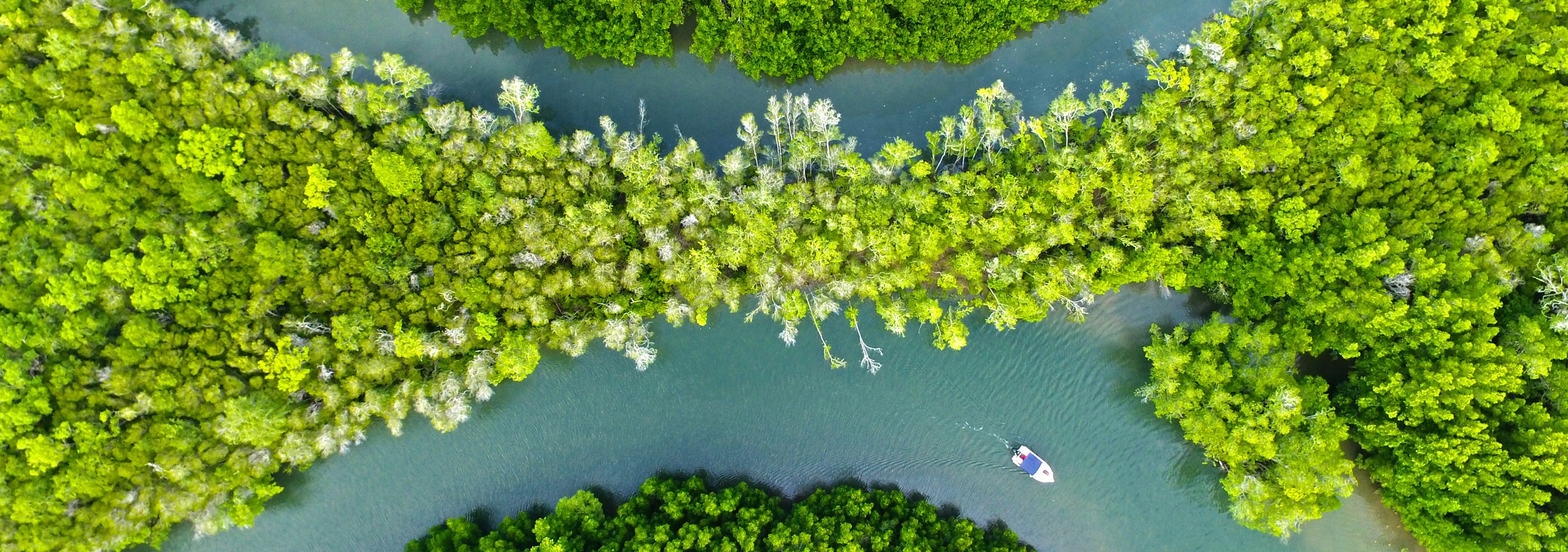A public call for help has been made by zoologist and sawfish expert Dr Barbara Wueringer, of the Cairns-based non-profit research organisation Sharks And Rays Australia (SARA).
“With sawfish habitats disappearing globally, we’re in a race against time to find out where these magnificent creatures still exist, and in what numbers,” Dr Wueringer says.
“For four out of five sawfish species, north Australian waters may contain their last populations, and we can’t let them quietly disappear,” she says.
“This is why we want as many people as possible to register and join the search party during National Sawfish Sighting Week.”
The week runs from October 26 to November 2 during which registered members of the public can report sightings or non-sightings in known habitats. (Registration closes on this Friday, October 25; see link below via www.sharksandraysaustralia.com/sawfish-week-registration/)
Participants who register in time will go in a draw to join SARA scientists on a 2025 expedition through Queensland’s north, up to Cape York Peninsula.
“What’s really encouraging is we’ve received recent sighting submissions from areas on Queensland’s east coast where we previously thought sawfish populations had completely disappeared,” Dr Wueringer says, citing reports from Mackay and Moreton Bay.
“There’s no question community involvement is taking sawfish conservation to the next level.”

During sighting week, she encourages everyone (from drone operators and boating/fishing fans to dog walkers and beach goers) to plan and register activities, ensuring all activities are “croc safe” when in their territory.
If anyone spots a sawfish, or what could be a sawfish, she says the most important thing is to snap photos and/or video.
“If people are not sure what they’re looking at, they should still take a photo or video as we can quickly identify sawfish from other sharks and rays by their fins,” she says.
Dr Wueringer explains that ‘non-sightings’ are equally important to report.
“When citizen scientists go out and try to spot sawfish, and report sightings and non-sightings back, we can use the ratio to estimate actual population numbers in different locations,” she says.
“Our sighting campaign has shown that people can see sawfish without targeting them, like when they walk their dogs along a beach, fly their drones, or during boating near mangroves, and this is the information we are interested in.”
Dr Wueringer launched National Sawfish Sighting Week last year to supersize public sighting data submitted to SARA since 2017; 1500 reports from Queensland, Western Australia and the Northern Territory to date.
In December 2023, the world’s five sawfish species were reassessed as critically endangered, according to SARA. Four species – freshwater, narrow, dwarf and green – are found in north Australian waters but “proof of life” is limited to isolated pockets in Queensland, Western Australia and Northern Territory.
Sawfish are protected in Australian waters under Commonwealth and state law.
BEHAVIOUR
Dr Wueringer says sawfish are most active early morning and late afternoon. They live in shallow, coastal waters, estuaries, rivers and creeks, in tropical and subtropical regions, mainly using mudflats and mangroves as their habitats.
“Some species have been spotted by people walking close to the shoreline on long, sandy beaches,” she says.
“One lucky person submitted a video diving with a sawfish off Exmouth in Western Australia and someone else sent in a photo of a sawfish pup spotted in Albatross Bay, Weipa (Far North Queensland).
“It would have been less than three weeks old, based on its size – measuring under 60cm – and the fact its teeth hadn’t yet poked out from its saw-like snout.”






